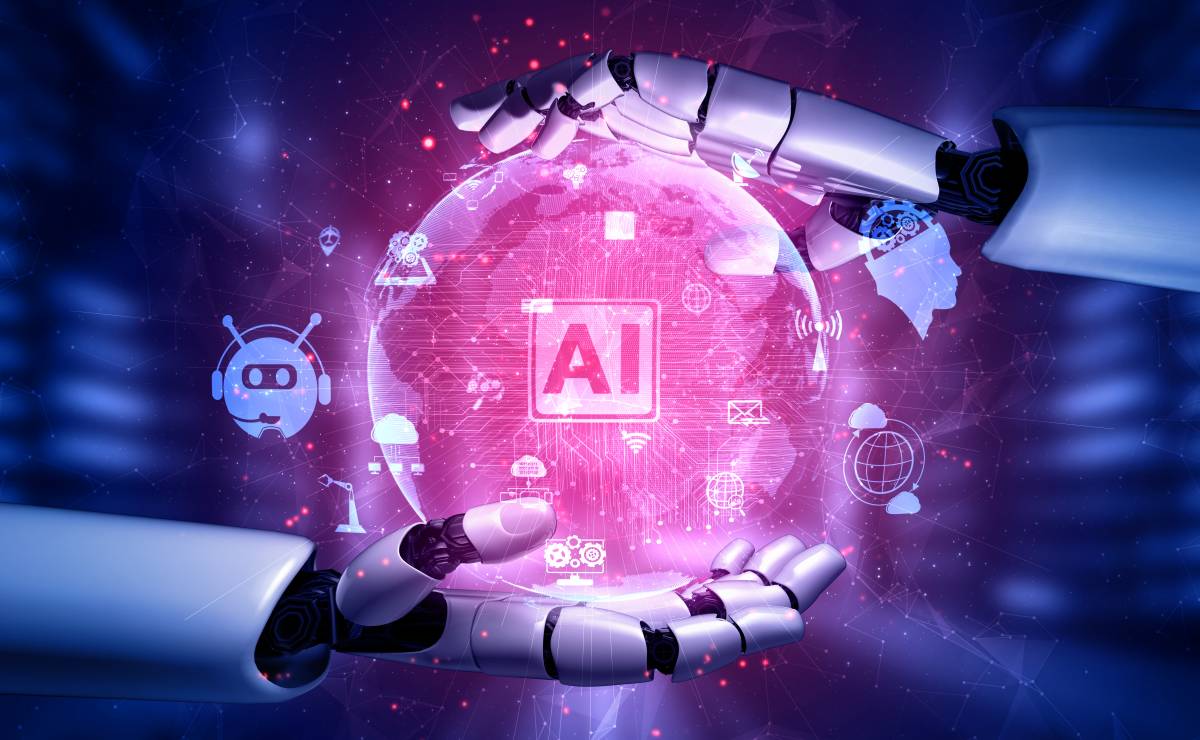

It doesn’t take a genius to understand that artificial intelligence (AI) is transforming industries at an unprecedented pace. According to IDCglobal AI spending is expected to reach $632 billion by 2028, with generative AI (GenAI) growing at a remarkable 59.2% annually. Yet as AI capabilities increase, the infrastructure needed to support them comes under strain. And this impacts how quickly organizations can benefit from AI.
As McKinsey recently revealed, North American and Asian companies are racing to embrace AI: 76% of North American companies and 70% of Asian companies have already begun their AI transformation. However, to maintain their advantage, leaders will need to actively pursue transformation, says McKinsey. From now on, less than 10 percent Asian organizations have found a way to generate value from use cases from multiple generations of AI. Those who do so are likely to create a competitive advantage.
GenAI is certainly driving much of the growth, but GenAI also requires immense computing power, vast data storage, and advanced algorithms. This has a huge impact in terms of energy consumption, costs, durability and performance. Traditional infrastructures are not adapted to meet these demands. Any progress must therefore be accompanied by modernization of infrastructure. Transformations are needed to ensure that any investment in AI is maximized.
Spending on AI infrastructure, which includes hardware such as servers and cloud infrastructure to support AI applications, is substantial but growing at a slower rate than GenAI adoption. AI infrastructure will see a compound annual growth rate (CAGR) of 14.7% through 2028 (according to IDC research), reflecting previous investments by cloud service providers. AI hardware and infrastructure as a service (IaaS) account for approximately 24% of overall AI spending, highlighting its importance in implementing AI capabilities. So even as GenAI gains increasing attention, spending on AI infrastructure remains critical to supporting broader growth and applications of AI.
For businesses looking to implement AI-based solutions, it is now essential to invest in robust, scalable and secure cloud infrastructure. But what does this AI infrastructure look like? What specifically does AI need and how can businesses transform accordingly?
Security and compliance capabilities as standard
AI models process large amounts of data. Ensuring data security and maintaining compliance with regulatory standards is essential for businesses throughout the process of deploying AI solutions. Secure infrastructure including encryption, robust access controls, and compliance with global data protection regulations (such as GDPR) will be necessary to protect both the models themselves and the data they process .
In this regard, AI infrastructure must be designed not only for performance and scalability, but also for security. This should be a standard consideration, as failing to secure AI applications or the infrastructure that supports them can lead to data breaches, regulatory fines, and loss of customer trust. Once trust is lost, it is almost impossible to regain it.
Cloud Native as the Foundation for AI Transformation
To meet the growing demands of AI, businesses must adopt cloud-native infrastructure, which includes powerful computing systems, high-performance networking and storage, container and data management systems. Cloud-native infrastructure provides the flexibility and scalability to support the growing compute and storage needs of AI. Traditional infrastructures struggle to handle the massive data flows and high-performance needs of modern AI applications. Cloud-native architecture, however, allows companies to quickly scale their infrastructure to meet fluctuating demands, ensuring they have the computing power needed for GenAI models and other data-intensive AI processes .
Cloud-native environments not only support the heavy compute operations required by AI, but also provide essential agility. This allows businesses to deploy, manage and update AI applications more efficiently. Importantly, cloud-native platforms are designed to seamlessly integrate with AI development workflows, meaning businesses can innovate faster without being held back by infrastructural limitations.
Scalable, reliable and cost-effective infrastructure for data management
As AI use cases expand, the need for scalable, cost-effective cloud infrastructure for data management and analysis becomes increasingly critical. Scalable Infrastructure as a Service (IaaS) and Platform as a Service (PaaS) offerings ensure data can be stored, processed and accessed seamlessly, enabling faster and more accurate model training . Efficient data pipelines, robust storage solutions, and streamlined retrieval systems are essential for handling these large volumes of data before they can be used for model training. Innovative infrastructure also provides the ability to customize and fine-tune models for specific use cases, thereby improving the quality and relevance of AI applications and simplifying AI model development.
For AI applications to provide a consistent and trustworthy user experience, they must be built on reliable infrastructure. Downtime and outages can erode user confidence and disrupt operations. Robust infrastructure minimizes the risk of disruptions by ensuring that resources are always available, thereby maintaining high uptime and availability.
An effective AI infrastructure not only supports performance but also helps manage costs. By optimizing IT resources through distributed systems, containerization, and serverless architectures, businesses can avoid spending too much on cloud or hardware resources. This cost-effectiveness is vital to scaling GenAI applications without exceeding budget.
Energy efficiency and sustainability are increasingly essential
As AI workloads increase, so do energy consumption and costs. AI models, particularly GenAI, are power hungry, which has raised concerns about the environmental impact of AI growth. Businesses are increasingly aware of the need for energy-efficient infrastructure to support their AI initiatives without significantly increasing their carbon footprint. Green data centers, renewable energy sources, and energy-efficient hardware are becoming essential parts of AI infrastructure strategies.
By optimizing energy consumption and investing in sustainable practices, businesses can reduce operational costs while meeting their sustainability goals. As AI adoption accelerates globally, a focus on energy-efficient infrastructure will become a key differentiator for companies seeking to align innovation with corporate social responsibility and on the need to manage costs more closely.
So, as AI continues to evolve, businesses must not only address current infrastructure challenges but also anticipate future changes in the AI landscape. This should include security and regulatory compliance as well as technical and sustainability needs. The convergence of real-time decision-making, augmented work environments and growing demand for sustainability means businesses must be proactive in their infrastructure strategies.
The risk of falling behind is real, but so is the opportunity to lead the pack in this era of AI transformation. The question is no longer whether to invest in cloud infrastructure modernization, but how quickly organizations can make the leap to remain competitive.


